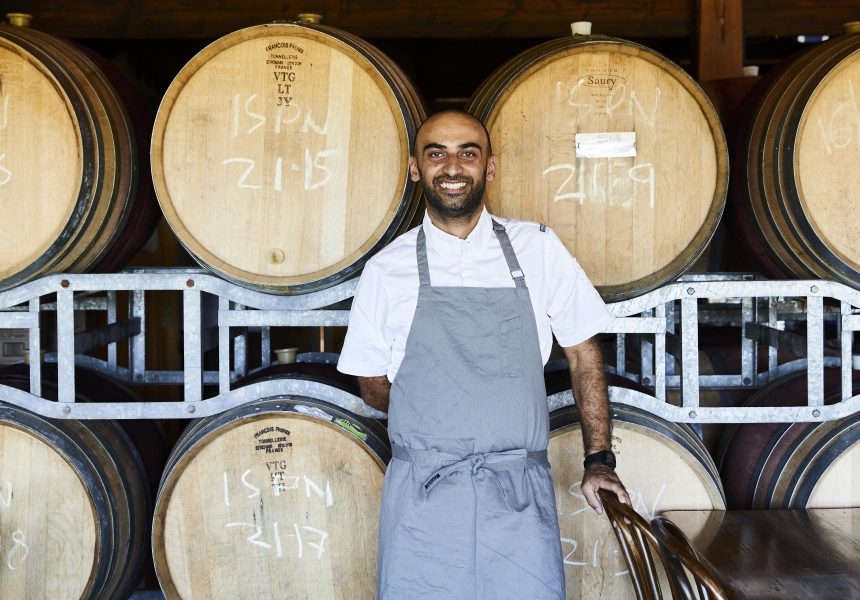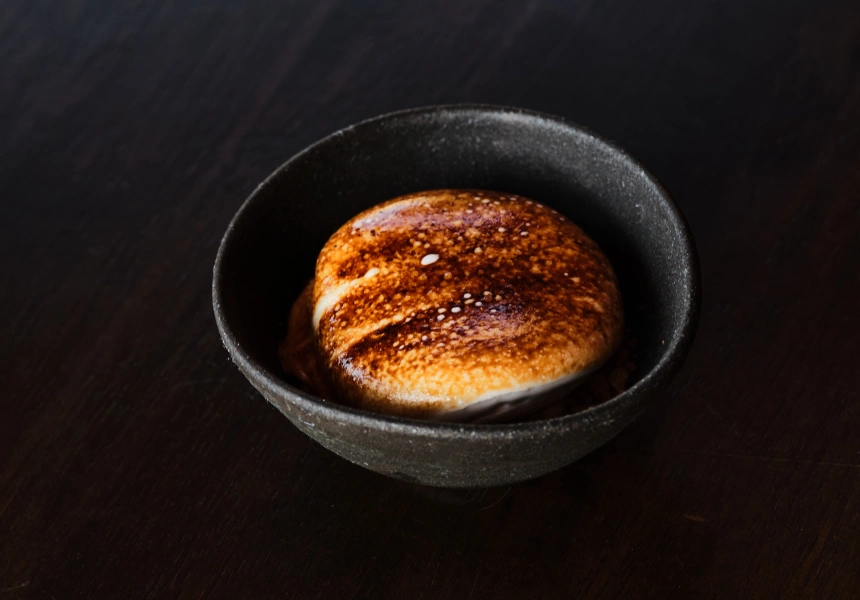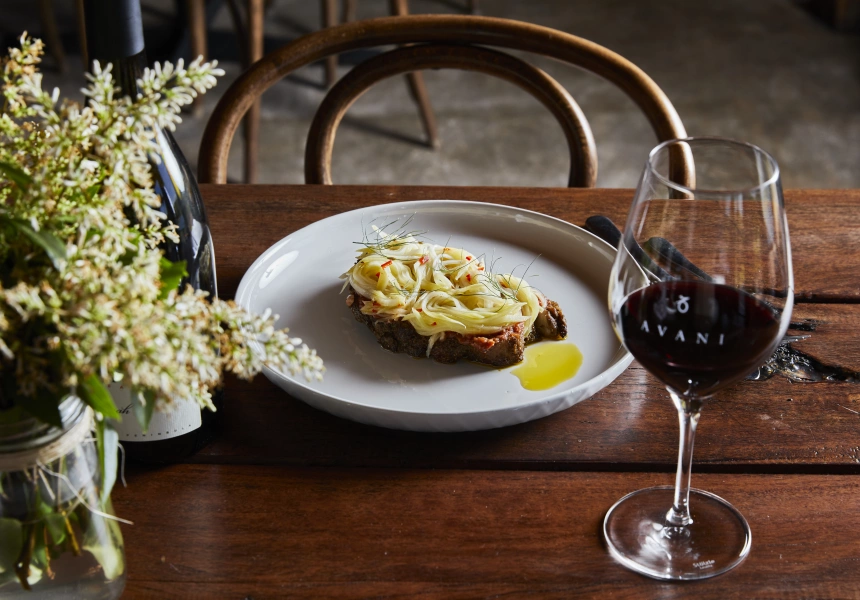While many chefs dream of opening their own restaurant, Harry Mangat has found fulfillment with a less conventional approach. With Biji Dining, his series of Indian culinary pop-ups, the chef has set up his life in a way that allows him to spend half the year working and the other half exploring the world through hiking, his great passion outside the kitchen.
In the past two years, Biji Dining has taken off, and Mangat has collaborated with star Melbourne culinary talent including Rosheen Kaul, Tom Sarafian, Helly Raichura, Ellie Bouhadana, John Rivera and Cameron Ray-Yap of Amaru. He spent the end of 2024 hiking through the Austrian Alps, visiting the Dolomites in Italy and completing the classic Chamonix to Zermatt trek (known as The Walker’s Haute Route) with his wife and Biji Dining partner Sandy Soerjadhi. He’s currently cooking at The Waterloo Inn in Tasmania until April.
But it took time for Mangat to create this life for himself. In 2015, he moved to Australia from India to study accounting. He started working as a kitchen hand to make some extra money while studying, says he “fell in love with being in a kitchen” and changed course.
Get the best of Broadsheet first with Today – our free newsletter. Our expert editors curate the day’s most interesting and useful stories – new restaurants, must-see exhibitions, fashion trends, travel spots and more.
SIGN UPA true hustler, Mangat started staging at Attica while working full time at a Spanish restaurant in South Melbourne. At Attica, he met Peter Gunn (Ides), who enlisted his help with a 2016 pop-up. It opened the young chef’s eyes. “I loved the concept,” Mangat says. “I just thought it was a pretty good way of being creative for chefs who are working somewhere else but just need a creative outlet.”
Shortly afterwards, Mangat started his own Biji Dining pop-ups. Key to their success was Mangat’s commitment to establishing a following. When he held the first pop-up in November 2016, Mangat had trouble getting press because he wasn’t a “big name”, but still managed to do 30 covers. He started running the events monthly – while still working as a full-time chef – and gradually built up an audience through word-of-mouth and by marketing the events across his own social channels.
At first, rather than a money-making enterprise, it was a way for Mangat to flex his creative muscles, “There was a lot of excitement, because you’d take a whole month to prepare your new menu … you’d always think about how to be more creative.”
It’s taken a few years, but Mangat has now managed to make Biji Dining his primary income source. Biji Dining doesn’t have the same staffing and overhead costs as a traditional restaurant. At first, the chef found himself eating leftovers for days thanks to over-catering – he once made 100 portions for 40 covers – but he now has his recipes under control. He also saves on ingredients. Where a traditional restaurant needs to have enough stock on hand to cater to unpredictable numbers and orders, Mangat typically knows how many people he’ll be serving ahead of time because of bookings. He also proactively reaches out to restaurants about collaborating and will often see what stock they have on hand before deciding on the final menu for his events.
As Biji Dining enters its tenth year, Mangat says he’s excited about expanding Biji Dining’s reach and stretching his creativity even further.



